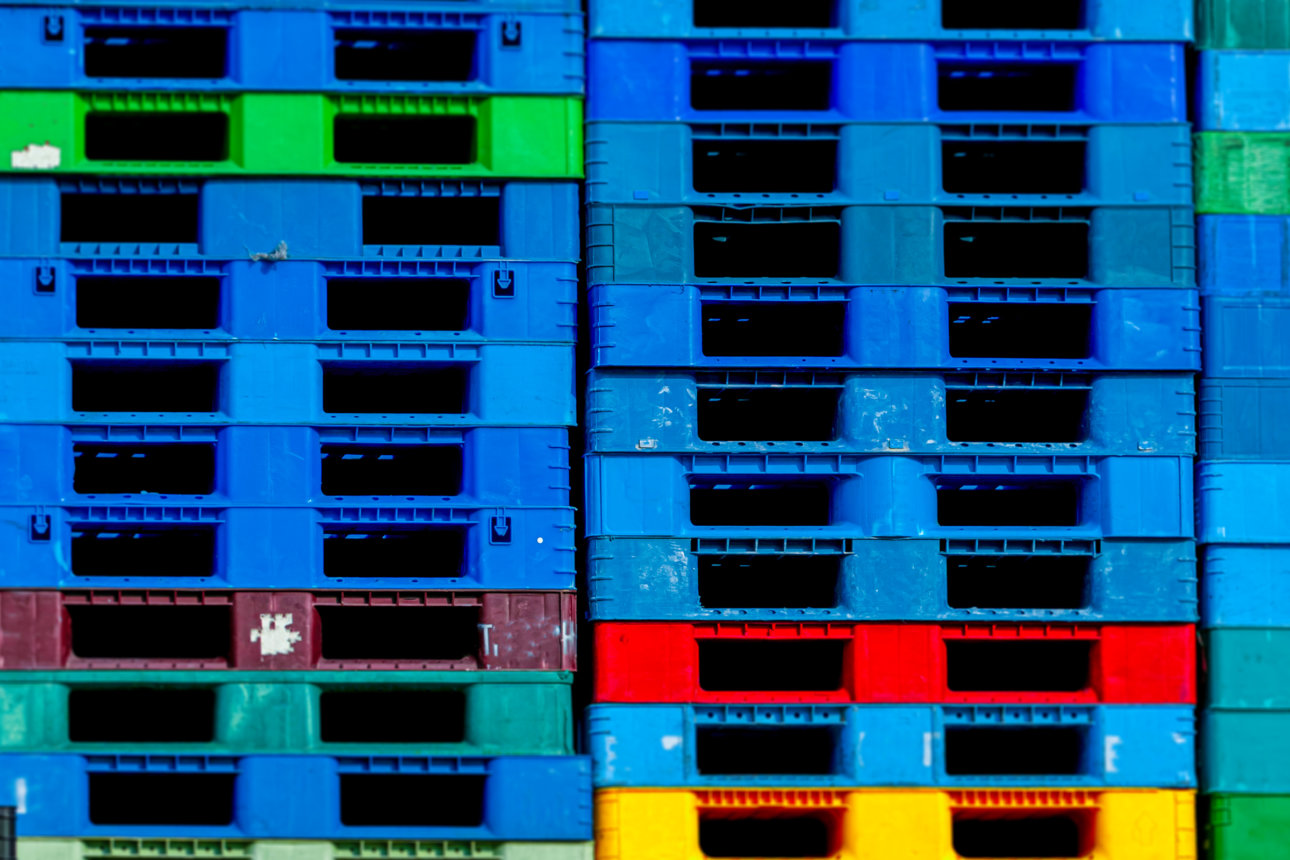The Environmental Benefits of Digital Design
Digital advances in product design can boost companies’ bottom lines and sustainability practices.
Topics
Leading Sustainable Organizations

Digital advances in product design are creating new opportunities to boost both environmental sustainability and profit margins. By making product development more design- and information-intensive, companies are creating a new generation of digitally enhanced offerings that are reducing material use, lowering energy demands, and increasing revenues. Managers who understand and embrace this trend are reinterpreting the meaning of asset productivity and benefiting from new links between corporate sustainability and the bottom line.
Any asset can be understood as a function of three basic elements: materials, information, and energy (as we discussed in an earlier essay). Under this approach, sustainable design information not only substitutes for much of the energy and materials needed to deliver product benefits, but it also extends their useful life and optimizes their productivity. Digitization’s not-so-subtle double bottom-line benefit is clear: It can help managers squeeze more economic value out of scarce environmental resources.
To get a sense of the possibilities, consider the digital evolution of the humble shipping pallet.
Most wooden pallets cost under $20 and have a life span of about three years. As the workhorse of global supply chains, an estimated 10 billion of them are in circulation at any given moment. With this economic scale comes environmental implications. Over 40% of hardwood produced in the U.S. is used to create wooden shipping containers. And, along with tricycles and TV sets, wooden pallets can carry invasive species to remote ecosystems.
Get Updates on Transformative Leadership
Evidence-based resources that can help you lead your team more effectively, delivered to your inbox monthly.
Please enter a valid email address
Thank you for signing up
Today, innovative companies are bringing digital technology and the internet of things to the world of pallets and changing both the economic and sustainability calculus. RM2 is one of several companies revolutionizing the industry with innovative pallet designs that take full advantage of the materials+information+energy formula. RM2’s BlockPal pallet is made from durable composite plastic with cheap embedded sensors that are connected to low-power wide-area networks, allowing the company (and its customers) to track the pallet’s (and its cargo’s) every move. The dramatic supply chain transparency increases operational efficiency, but there are also sustainability gains. A BlockPal pallet is 25% lighter than a traditional pallet, which results in reductions in transportation costs, energy use, and environmental emissions like greenhouse gases. Whereas traditional pallets are designed for one-way use — the average pallet is reused for just three to five trips — RM2’s pallets can be used for a whopping 100 trips.
